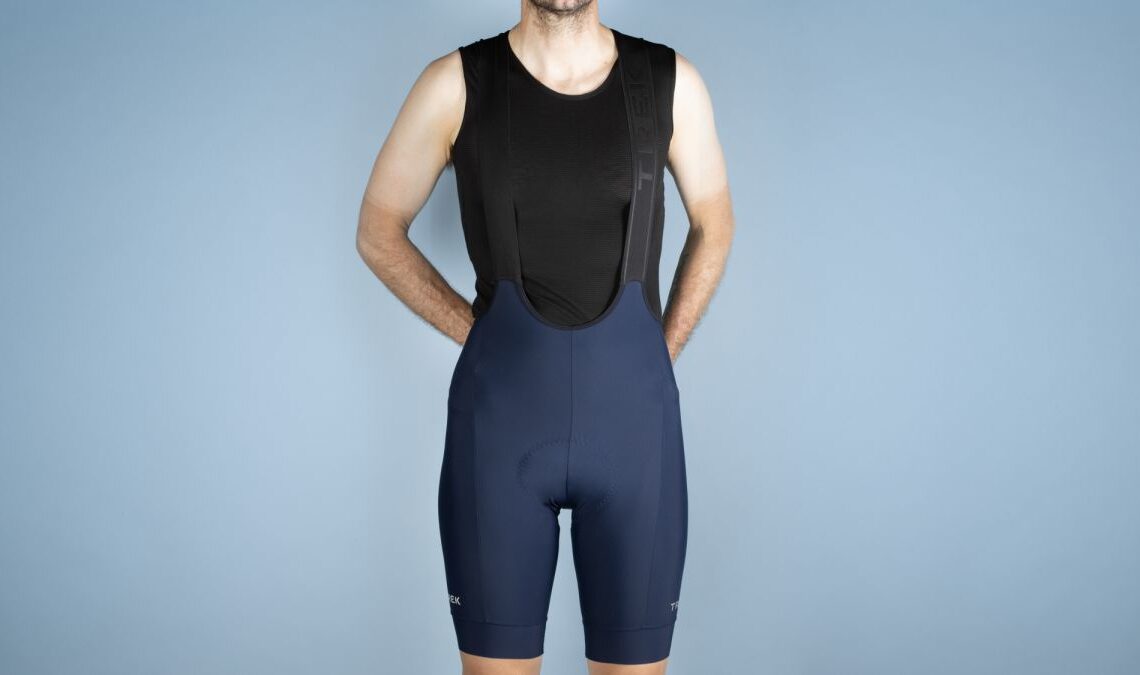Almost every cyclist needs a pair of quality bib shorts. It is one of the first things that new cyclists need to purchase. To that end, our list of the best cycling shorts is one of our most popular buyers’ guides. In recent years we’ve also added a second list covering the best cargo bib shorts for those that prefer to add a bit of storage to their bibs. There are lots of great options between the two lists but when it’s time to pick something, the price will be an issue.
If you want to have a good time on a bike, you will need to be comfortable but does that have to cost a fortune? American brand Trek brought a new option to market this summer and it seems to be using it as an opportunity to say comfort and quality don’t have to cost a fortune. Our goal is always to offer a wide range of options for every cyclist so we spent time in the Trek Circuit Bib Short to see how they compared to the best. If you are looking for a new pair of bib shorts that cost a bit less, keep reading to see what we think of this new option.
Design and aesthetics
The whole point of the Trek Circuit cycling bib short is to offer an entry-level option; the first pair of bib shorts for the casual cyclist. Take a look at them though and there’s nothing obvious that gives away the design brief.
The pattern isn’t a complex one but it’s also not one that has any obvious issue. At the end of each leg is a strip of fabric. It’s not elastic, but rather the same material as the rest of the bibs use with the addition of silicone gripper dots on the inside. The design follows a theme that repeats in every aspect of these bibs. There are no aero claims or claims about incremental upgrades from past designs. Instead, you’ve got a well-trodden design that you’ll find if you look at a variety of other bibs from a variety of companies.
In the case of the Trek Circuit bibs, that bottom cuff uses a flat-locked seam at the attachment point to the two panels that make up each leg. One panel sits only on the outer thigh and carries a reflective “Trek” wordmark. That panel ends early as it connects to another small side panel above it. The rest of the leg uses a single panel that covers the inner thigh, lower abdomen, and wraps up. Connecting the two legs is a single seam, without flat-lock stitching, splitting the garment in two as well as a low back panel that also sits centrally.
Click Here to Read the Full Original Article at CyclingNews RSS Feed…

